Your basket is currently empty!
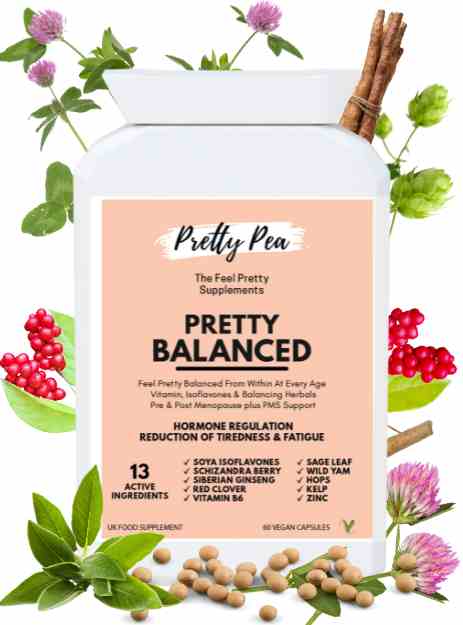
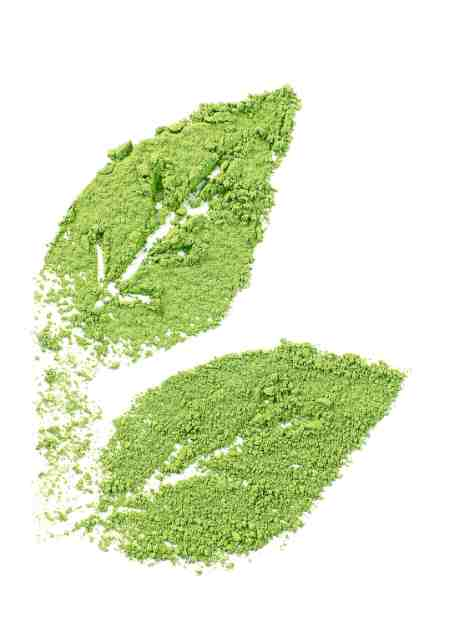

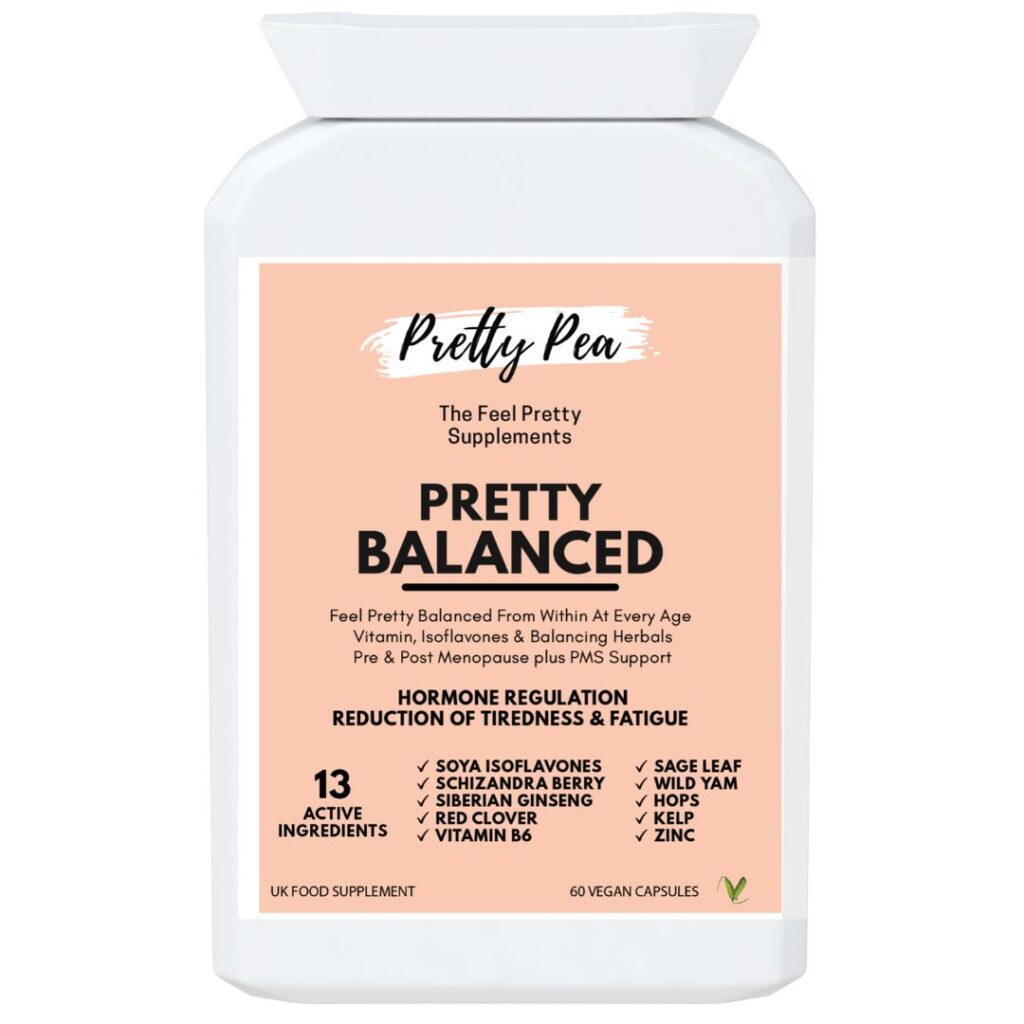
Pretty Balanced Hormone Balance Supplement
£25.99
Pretty Balanced can help with hormone imbalance symptoms at every age.
Hormone Regulation
PMS, Perimenopause & Menopause
Reduce Tiredness & Fatigue
Psychological & Nervous System support


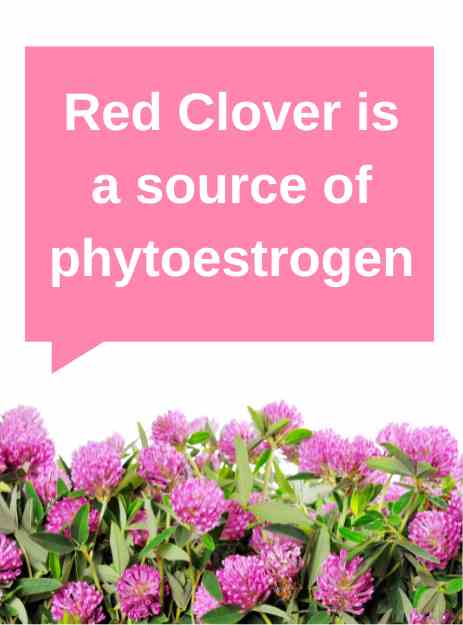
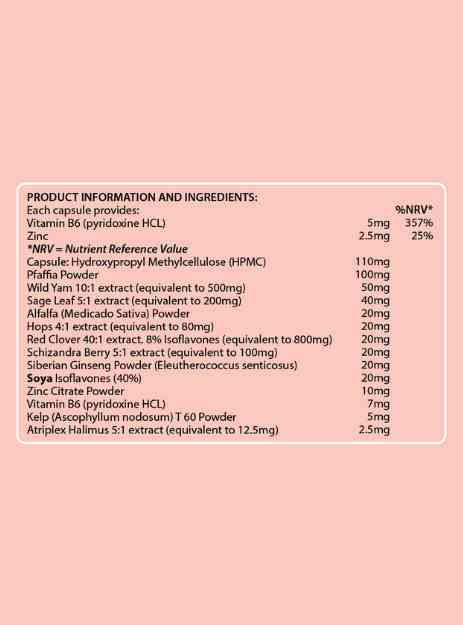
FEELING PRETTY BALANCED STARTS FROM WITHIN
P.M.S. Perimenopause & Menopause Hormone Regulation

Hormone Regulation
Regulation of Hormone Activity
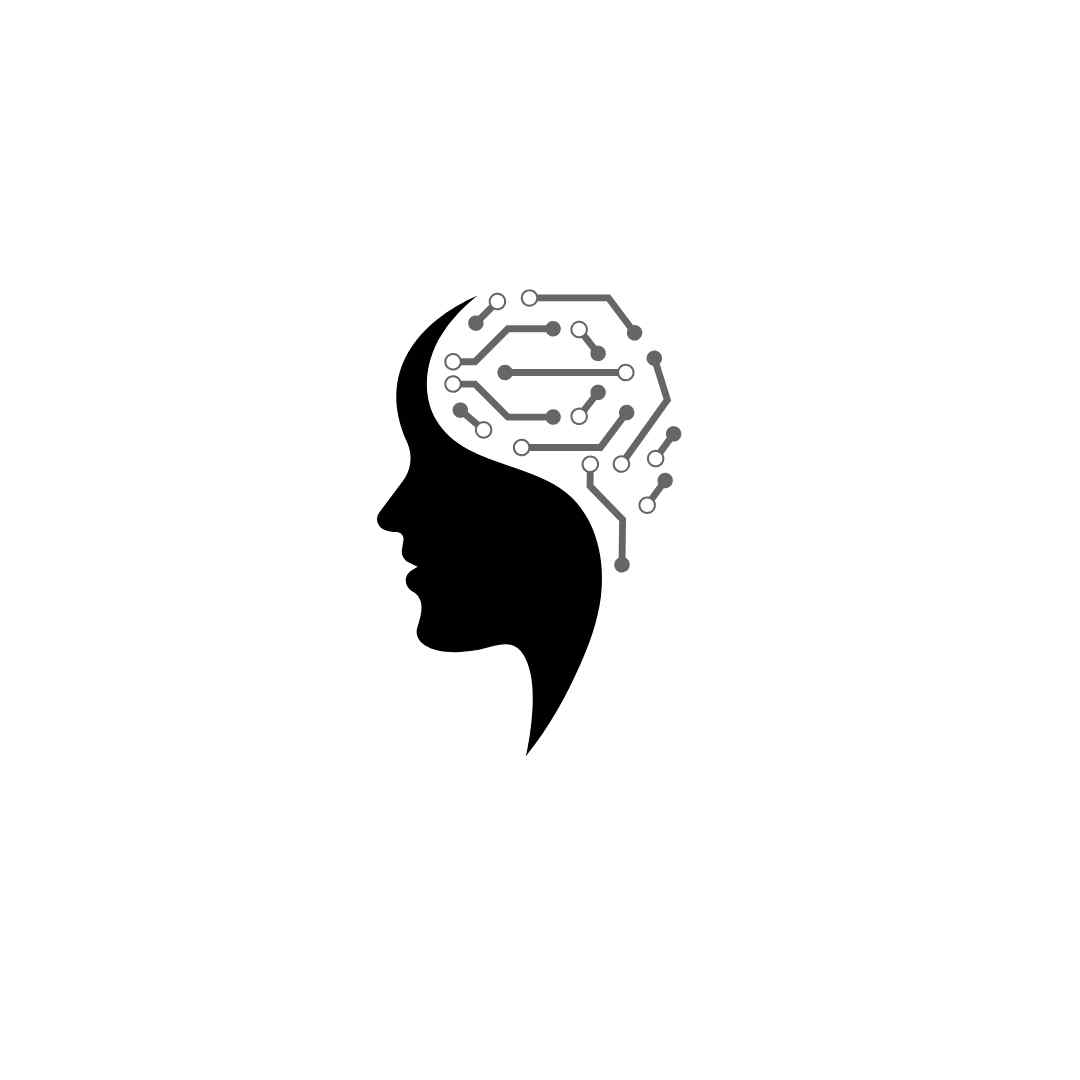
Psychological Function
Contributes to normal Psychological function

Energy Levels
Helps Reduce Tiredness & Fatigue

Phytoestrogens
Herbal PMS, Perimenopause & Menopause Herbal Support
Pretty Balanced Benefits
Benefits
+
Pretty Balanced helps women with hormone imbalance symptoms at every age by combining hormone regulating vitamins and minerals with balancing phytoestrogens and herbal adaptogens.
How many servings
+
Contains 60 vegan easy take capsules.
How to use
+
Take 1 capsule, 2-3 times per day, preferably with food.
What’s Inside?
Vitamin B6
+
Contains 357% of Vitamin B6 RDA, a powerful vitamin to support bringing your body into balance. These pretty powerful capsules contribute to normal:
Regulation of hormonal activity
Cysteine synthesis
Energy yielding metabolism
Functioning of the nervous system
Homocysteine metabolism
Protein & glycogen metabolism
Psychological function
Red blood cell formation
Function of the immune system
Reduction of tiredness & fatigue
Phytoestrogens
+
A uniquely formulated blend of popular traditional phytoestrogens Soya Isoflavones , Wild Yam & Red Clover, with adaptogen herbal Ginseng that has a balancing effect on the body to promote vitality & wellbeing alongside hormone balancing Vitamin B6 & Zinc for a targeted solution.
Phytoestrogens are the most popular form of alternative therapy for support of menopause symptoms and particularly useful for women who prefer natural solutions or unable to use HRT.
Phytoestrogens are plant-based compounds found in about 300 plants. The name comes from the Greek word phyto (“plant”) and estrogen. The main classes active in humans are isoflavones and lignans.
As a result of increased life expectancy, nowadays, women spend more than one third of their lives in a state of estrogen deprivation which in turn leads to a number of significant long-term changes [1]. Indeed, two out of three women in the menopausal transition present different complaints [2]. Increased osteoporosis and cardiovascular risk, vasomotor episodes, and sleep disturbances have been the main research topics and focus of treatment. Others aspects such as urinary complaints, loss of libido, and changes in hair, nail, skin, or mucosal status have often been disregarded (neglected) by researchers and health care providers but not by women themselves.
Dietary supplements with isoflavones from either soy or red clover have been two of the most commonly utilized botanicals for peri- and postmenopausal women. Soy foods and supplements as well as red clover have been the subject of much interest for the reduction of menopausal symptoms and conditions related to aging because of their high concentrations of phytoestrogens, specifically isoflavones which are thought to be especially healthful. Soy and red clover share similar but distinct chemical profiles: both contain genistein, daidzein, formononetin, and biochanin A, but red clover has significantly higher levels of the O-methylated isoflavones, formononetin and biochanin A, while soy has higher levels of daidzein and genistein.
Herbals & Nutrients
+
Red clover is a flowering plant and a type of legume used traditionally in Asia, Russian and native America. The dark-pink flowers of red clover plants can be used as a food extract or edible garnish, as well as making essential oils.
Like soya, red clover contains isoflavones – a type of phytoestrogen, or naturally occurring plant oestrogen.
Isoflavones can bind with oestrogen receptors in women’s reproductive cells, and, when absorbed into the body, may mimic the effects of natural oestrogen.
Phytoestrogens are secondary metabolites that can induce biological responses in vertebrates and can mimic or modulate the actions of endogenous oestrogens, usually by binding to the estrogen receptors (ERs) [16]. ERs are steroid receptors but are unique in their ability to interact with a variety of compounds [17]. Phytoestrogens are believed to work by binding to ERs (two subtypes exist, ERα and ERβ) on cell membranes, similar to the body’s own steroid oestrogens
Isoflavones make up the most common and well-known form of phytoestrogens, and in particular isoflavones (genistein and daidzein) from soy have received considerable attention in the management of postmenopausal bone loss
Natural estrogen decline leads to vasomotor symptoms (VMS) such as hot flushes and night sweats. Nowadays, it is often used to ease menopause symptoms and, in particular, hot flushes and night sweats.
Research shows Red clover has also been linked to skin health, hair health and heart health in menopausal women.
Red clover (RC) contains phytoestrogens (i.e., isoflavones: formononetin, biochanin A, genistein, and daidzein), which bind to the estrogen receptors and can elicit a weak agonist, antagonist, or partial agonist antagonist response.
The effect depends on the compound and the target tissue. The isoflavones are activated when the glucose residue is removed by the bacterial enzymes in the gastrointestinal flora. Thus, the bioavailability of phytoestrogens is particularly dependent on the bacterial flora, which varies considerably between individuals
In conclusion, RCE supplementation exerted a subject improvement of scalp hair and skin status as well as libido, mood, sleep, and tiredness in postmenopausal women.
RCE supplementation improved anxiety and depressive symptoms in postmenopausal women
After several years of clinical research with RC, there is evidence supporting their positive effects in climacteric women in terms of vasomotor symptoms [17], bone mineral density [18], mood [19], vaginal and sexual health [20, 21], and serum lipids [22]. Despite this, RC data on skin, appendages, including mucosal sites, are scarce or lacking. Hence, the aim of the present paper was to evaluate in postmenopausal women the effect of red clover extract (RCE) isoflavones over subjective status of skin, appendages, and several mucosal sites. In addition, libido, tiredness, and urinary, sleep, and mood complaints were also evaluated. 80mg for 90 days
Red Clover
a plant containing phytoestotegn isoflavones. Intake of red clover supplements can be effective in reducing both the frequency and severity of hot flushes. It also shows a chondroprotective effect on inflammation and may be used for preventing osteoporosis.
Red clover has multiple benefits for women going through the menopause, including:-
Relieves hot flushes and night sweats
As red clover is high in isoflavones, it can help to decrease the frequency and severity of some menopause symptoms, like night sweats and hot flushes with significant positive effects.
Compared with placebo, red clover isoflavone supplementation in postmenopausal women significantly decreased menopausal symptoms and had a positive effect on vaginal cytology and triglyceride levels.
In a 2017 study published in PLoS One, scientists gave 59 perimenopausal women a supplement containing red clover and friendly bacteria and found they experienced a significant drop in both hot flushes and night sweats.
A 2016 study in the Journal of Obstetrics and Gynaecology found that red clover can decrease the numbers of hot flushes, particularly in women with severe hot flushes who experience five or more a day.
*https://www.ncbi.nlm.nih.gov/pubmed/26471215
Subjective (vaginal dryness) and objective (maturation value) symptoms of vaginal atrophy showed a significant improvement with 80-mg dose of red clover. Red clover showed less therapeutic effect on psychology status, sexual problems and sleeping disorders. Red clover consumption may decrease frequency of hot flashes, especially in women with severe hot flashes (≥ 5 per day). Red clover may reduce other menopausal symptoms.
Red clover also has potential to help other symptoms of the menopause, like depression, anxiety and vaginal dryness.
Improves bone density for menopausal women
During and after menopause, an intense bone loss occurs which over time can lead to osteopenia. Osteopenia is often asymptomatic, generally presenting no or mild clinical symptoms until development of fractures and osteoporosis. Osteoporosis is a metabolic disorder, characterized by low bone mass and density, causing bone fragility and increased risk of bone fracture.
The reduction in circulating oestrogen during the menopause causes bone loss that, over time, can lead to osteoporosis. Red clover contains a type of phytoestrogen called isoflavones, which can imitate oestrogen in the body. Some studies have found a connection between intake of isoflavones and a decreased risk of osteoporosis.
Soy isoflavones may prevent postmenopausal osteoporosis and improve bone strength thus decreasing risk of fracture in menopausal women by increasing lumbar spine BMD a
In a 2015 study by Denmark’s Aarhus University, researchers gave red clover to 60 healthy menopausal women for
three months. They found that red clover isoflavones can:
In vitro and animal studies have revealed that phytoestrogens can enhance bone formation and increase bone mineral density and levels of alkaline phosphatase, osteocalcin, osteopontin, and α1(I) collagen. Furthermore, phytoestrogens are shown to suppress the rate of bone resorption and enhance bone formation rate
- increase bone density
- slow down the rate at which calcium is removed from bone tissue for absorption into the blood
- speed up the production of new bone
Contributes to heart health
Research suggests that red clover may help improve the heart health of postmenopausal women. Scientists think the isoflavones in red clover are the active ingredient responsible for this effect.
A 2006 review of studies by the University of Illinois in Chicago reported that red clover extract can decrease the amount of a type of fat in the blood called triglycerides, while increasing levels of ‘good’ HDL cholesterol.
A meta-analysis of studies in postmenopausal women taking red clover for 4-12 months improved their heart health. This was due to a significant increase inthe ‘good’ cholesterol HDL and a decrease in total and ‘bad’ cholesterol (LDL) levels.
he results demonstrate that the ingestion of red clover may have a beneficial effect on the lipid profile of perimenopausal and postmenopausal women.
Another 2015 study on 147 postmenopausal women found that taking 50mg of red clover daily for 1 year decreased ‘bad’ LDL cholesterol by 12%.
Supports skin and hair health
Red clover has been used traditionally to promote hair and skin health.
One study of 30 men who applied red clover extract to the scalp every day for 4 months found a 13% increase in the hair growth cycle (anagen phase), and a 29% reduction in the hair loss cycle (telogen).
Another randomised study of 109 postmenopausal women found that taking 80mg of red clover extract for 90 days
significantly improved participants’ skin and hair appearance, texture and overall quality.
Eases menstrual issues
Some women use phytoestrogens and other herbal remedies to help relieve menstrual irregularities and issues.
Throughout a woman’s menstrual cycle, oestrogen levels can drop and cause uncomfortable symptoms. As red clover contains phytoestrogens, it can help to ease such symptoms
Soya isoflavones
are the most important compound of phytoestrogens. They stimulate β-estrogen receptors (βERs) and the synthesis of sex hormone binding globulin (SHBG).
Many symptoms of menopause and perimenopause occur as a result of falling oestrogen levels in the body. When these symptoms – such as hot flushes, night sweats and falling bone density – become severe, the traditional form of treatment is hormone replacement therapy (HRT).
However, HRT is harsh on the body and not without its dangers. In response to this ,many women choose to investigate
alternative treatments. Of these, soya isoflavones are one of the best-known and most popular options.
Trials have now shown that isoflavones, found in high levels in both
soya and red clover, can halve the incidence and severity of hot flushes, as well as help to relieve the other symptoms of
menopause, such as irritability and vaginal dryness.
https://www.ncbi.nlm.nih.gov/pmc/articles/PMC8004126/
The main isoflavones in soy are genistein and daidzein. When you eat soy, bacteria in your intestines break it down into its more active forms. Once in your body, soy isoflavones bind to the same receptors as oestrogen. Receptors are like docking stations on the surface of cells. When isoflavones bind to some receptors, they mimic the effects of oestrogen. When they bind to other receptors, they block oestrogen’s effects. When isoflavones mimic oestrogen, they can help to reduce hot flushes and other symptoms of menopause. Dozens of small studies have looked at the effects of soy on menopause symptoms, especially hot flushes and night sweats. In a 2012 analysis of 19 studies, soy isoflavone supplements were shown to have reduced the severity of hot
flashes by just over 26% compared to a placebo.
https://journals.lww.com/menopausejournal/pages/articleviewer.aspx?year=2012&issue=07000&article=00011&type=abstract It has long been noted that individuals in the East, where soya and soya-based foods like tofu are common dietary constituents, tend to suffer fewer menopause symptoms. Over a period of six years, 1,106 women in Japan aged between 35 and 54 were asked to record both their diet and any experiences of hot flushes. The scientists running the research used these food journals to assess total soya isoflavone intake for each participant, before comparing it to the appearance of hot flushes. Of the 101 women that did experience hot flushes within the study period, the results demonstrated that “hot flushes were significantly inversely associated with consumption of soy products”.
https://academic.oup.com/aje
/article/153/8/790/106842?login=fals
Sage Leaf
acts on GABA receptors and serotonin transporters, which impacts on hot flushes and night sweats.
Sage leaf contains diterpene bitters, volatile oil, flavonoids and rosmarinic acid. It has a tonic effect on the female reproductive system and is recommended for irregular menstruation and menstrual cramps. As a result of its oestrogenic effect, it has also been shown to be effective in alleviating the following symptoms of menopause, including anxiety, fatigue, night sweats, hot flushes and mood swings.
Wild Yam
was the starting material in the manufacture of “the Pill”. It’s root and bulb contain the chemical diosgenin, which can be made into steroids (such as estrogen and dehydroepiandrosterone (DHEA)). It’s therefore often used as a natural alternative to estrogen therapy, for vaginal dryness, PMS, menstrual cramps, weak bones, low energy levels and low sex drive.
The starting material in the manufacture of “the Pill”, the root and bulb of wild yam contain the chemical diosgenin, which can be made into various steroids (such as oestrogen and dehydroepiandrosterone (DHEA)). As such, it is often used as a natural alternative to oestrogen therapy, for vaginal dryness in older women, for PMS (premenstrual syndrome), menstrual cramps, weak bones (osteoporosis), low energy levels and sex drive. Some women even apply wild yam creams to the skin to reduce menopausal symptoms such as hot flushes.
Siberian Ginseng
a rejuvening tonic and anxiety relieving adaptogen it helps the body to perform at optimum levels and better manage anxiety and stress. Being a rich source of phyto-nutrients and eleutherosides, ginseng is also used by many women as a natural remedy for menopause symptoms.
A plant used in herbal medicines for centuries, Siberian ginseng is often considered an ‘adaptogen’
– a substance used to boost the body’s resistance to mental or physical stressors. It contains active chemical compounds
called ‘eleutherosides’, which bind to oestrogen receptors and help to relieve the effects of oestrogen withdrawal
during menopause. Studies have shown “ginseng can significantly reduce hot flashes, menopausal symptoms, and
quality of life in menopausal women”.
*https://pubmed.ncbi.nlm.nih.gov/35691259
Hops
contain phytoestrogens and research have discovered that they may contain one of the most powerful phytoestrogens ever identified. This potent compound – known as 8-prenylnaringenin or 8-PN – effectively combats menopause symptoms and shows promise in protecting against bone loss and heart disease.
Hops are the flowers of the hop plant and are responsible for the bitter flavour of beer. As they contain
phytoestrogens – plant-based compounds that mimic the action of oestrogen – they can be effective at alleviating
various menopausal symptoms, including sleep disturbances, fatigue, hot flushes and vaginal dryness. In fact,
scientists have discovered that the hops plant may contain one of the most powerful phytoestrogens ever identified. This
potent compound – known as 8-prenylnaringenin or 8-PN – effectively combats menopausal complaints and shows promise
in protecting against bone loss and heart disease.
*https://www.ncbi.nlm.nih.gov/pmc/articles/PMC5016504/ *https://www.ncbi.nlm.nih.gov/pmc/articles/PMC6017581
Pfaffia
a stress relieving adaptogen plant that contains a significant amount of plant sterols, which are thought to have
oestrogenic properties. Known for its effects on hormone balance for thousands of years it’;s been used traditionally by the Amazon Indians. Now studied extensively in both American and Japan it’s become a very popular remedy for PMS and menopause symptoms.
Alfalfa
a herb with Immunomodulatory, anti-inflammatory, antioxidant/anticancer and growth-promoting bioactivities and can reduce the incidence of chronic disease. It also has effect on neurovegetative menopausal symptoms.
: Alfalfa is a nutrient-dense food, rich in chlorophyll, along with vitamins and minerals. It also provides a rich source of
alkaloids, isoflavones, coumarins, sterols, essential enzymes and phytoestrogens (which are chemically similar to the hormone
oestrogen). This means that they can cause some of the same effects in the body as oestrogen and alfalfa is therefore used
to relieve certain menopause symptoms, including hot flushes, insomnia, nocturnal sweating, dizziness, headaches
and palpitations.
*https://pubmed.ncbi.nlm.nih.gov/9677811
Sea Kelp a natural source of iodine which supports the thyroid gland -a key sex gland stimulator. It also contains vitamins A, B1, B2, C, D and E, plus zinc, magnesium, iron, potassium, copper and calcium. It contains the highest natural concentration of calcium of any food – 10 times more than milk and sea kelp can help to relieve menopause symptoms, such as hot flushes, menopause weight gain, mood swings and tension.
Kelp
Kelp (Ascophyllum nodosum) seaweed, is a large, brown algae in the family Fucaceae.
Ournutrient rich kelp is sourced from the Scottish Outer Hebrides and is high in terms of iodine levels – typically 700mcg iodine per 1g.
Of the three groups of seaweeds, brown seaweeds are known to contain more bioactive components than either red and green seaweeds.
Among the different brown seaweed species, Ascophyllum nodosum and Fucus vesiculosus also have the highest antioxidant values and highest total phenolic content.
Ascophyllum nodosum is rich in:
macro-nutrients (e.g. nitrogen, phosphorus, potassium, calcium, magnesium, sulphur)
micro-nutrients (e.g. manganese, copper, iron, zinc etc)
it is also host to highly beneficial cytokinins, auxin-like gibberellins, betaines, mannitol, organic acids, polysaccharides, amino acids, antioxidants and proteins
Owing to their many biological and physiological activities and great potential for health benefits, brown seaweeds are successfully used in some nutraceuticals and functional foods for treating metabolic syndrome comorbidities.
Sea kelp is a natural source of vitamins A, B1, B2, C, D and E, as well as minerals including zinc, iodine, magnesium,
iron, potassium, copper and calcium. In fact, it contains the highest natural concentration of calcium of any food – 10 times more
than milk. It supports the thyroid gland, which is a key sex gland stimulator and can help to relieve menopausal symptoms,
such as hot flushes, weight gain, moodiness and menopausal tension.
Atriplex Halimus
is a highly nutritious plant, high in protein and Vitamins A,C,D and minerals that include chromium which contributes to normal blood glucose levels.
Schizandra Berry
is a powerful stress relieving adaptogen. It helps strengthen the body, enhancing resilience and resistance to disease and stress.
A herb that is used to help decrease night sweats and excessive perspiration. It is also a nerve tonic and adaptogen that helps to support many body systems in the transition to menopause. It
can be useful for menopausal symptoms such as: heart palpitations, insomnia, mild depression, fatigue and concentration issues.
*https://pubmed.ncbi.nlm.nih.gov/27763802
Schisandra chinensis can be a safe and effective complementary medicine for menopausal symptoms, especially for hot flushes, sweating, and heart palpitations.
Bamboo (providing silica)
: Bamboo is an edible grass that has been part of the diet of humans and animals
alike for thousands of years. Bamboo has been used traditionally as a rich source of naturally occurring, organic silica.
Bamboo silica is found in the nodes of a bamboo tree.
Silica is an essential element found in the earth’s crust. This trace mineral is rare in our diets because food is often
processed and soil is depleted by chemical treatments.
Silica
is known to help slow the ageing process. Bamboo has a high silica content (as high as 85%). The presence of silica in the body can help to support the maintenance of hair luster, nail strength and skin tone. Silica is also one of the major components of collagen – supporting collagen synthesis in bones and joints.
Zinc
is an important mineral for women as it contributes to normal testosterone levels, carbohydrate metabolism, macronutrient metabolism, metabolism of fatty acids, normal protein synthesis and the normal function of the immune system.
Safety & Contraindications
Results may vary from person to person.
Store in a cool dry place, out of the reach of children.
Best before date: see base of container.
Caution: Do not exceed the recommended daily intake.
Supplements should not be used as a substitute for a balanced and varied diet and healthy lifestyle. Always consult your doctor before taking any supplements or changing your diet.
If you have been prescribed HRT or have a history of breast cancer it’s essential you discuss supplementing before taking Pretty Balanced as natural ingredients include phytoestogens which may mimic the effect of estrogen in the body.
Long term intake of amounts greater than 10mg Vitamin B6 daily may lead to mild tingling or numbness.
As with all supplements, if you feel unwell, stop taking this product immediately and seek medical advice
References
A randomized, double-blind, placebo-controlled trial of Schisandra chinensis for menopausal symptoms – PubMed (nih.gov)
Medicina | Free Full-Text | A Nutraceutical Approach to Menopausal Complaints (mdpi.com)
Effect of Red Clover Isoflavones over Skin, Appendages, and Mucosal Status in Postmenopausal Women – PMC (nih.gov)
Soy and Red Clover for Midlife and Aging – PMC (nih.gov)
Effects of red clover on perimenopausal and postmenopausal women’s blood lipid profile: A meta-analysis – PubMed (nih.gov)
The effect of red clover isoflavones on menopausal symptoms, lipids and vaginal cytology in menopausal women: a randomized, double-blind, placebo-controlled study – PubMed (nih.gov)
A new strategy to modulate alopecia using a combination of two specific and unique ingredients – PubMed (nih.gov)
Combined Red Clover isoflavones and probiotics potently reduce menopausal vasomotor symptoms – PMC (nih.gov)
Soy isoflavones for osteoporosis: an evidence-based approach – PubMed (nih.gov)
Effect of Red Clover Isoflavones over Skin, Appendages, and Mucosal Status in Postmenopausal Women – PMC (nih.gov)
Red clover isoflavones enriched with formononetin lower serum LDL cholesterol-a randomized, double-blind, placebo-controlled study – PubMed (nih.gov)
Intake of Novel Red Clover Supplementation for 12 Weeks Improves Bone Status in Healthy Menopausal Women – PMC (nih.gov)
Red clover isoflavones enriched with formononetin lower serum LDL cholesterol-a randomized, double-blind, placebo-controlled study – PubMed (nih.gov)
Hops for Menopausal Vasomotor Symptoms: Mechanisms of Action – PMC (nih.gov)
Therapeutic Perspectives of 8-Prenylnaringenin, a Potent Phytoestrogen from Hops – PMC (nih.gov)
Red clover for treatment of hot flashes and menopausal symptoms: A systematic review and meta-analysis – PubMed (nih.gov)